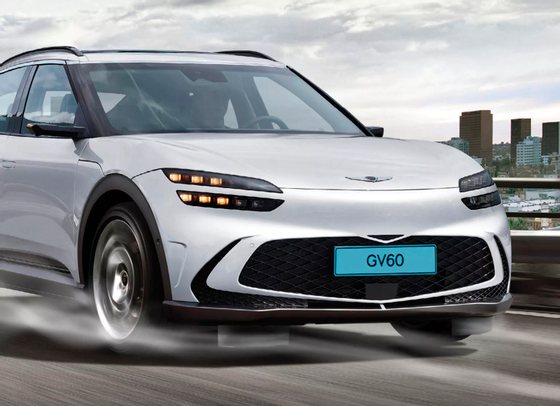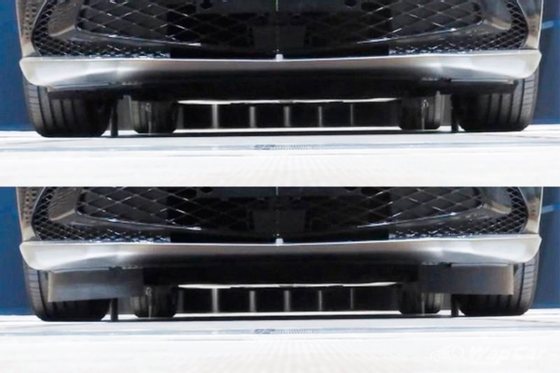HYUNDAI

Active skirts: Hyundai's new trick to improve autonomy
Electric vehicles use less energy to travel a given distance when compared to their rivals equipped with combustion engines. The problem lies with the batteries, as the largest ones offer a capacity of around 100 kWh, but are only reserved for the top of the range, as accumulators with this capacity are considerably heavy and expensive. To get an idea of the limitations of a battery-powered car, just remember that 1 liter of gasoline contains approximately 10 kWh of energy, which means that a luxury gasoline model with an 80-liter tank is equivalent to a tram with a battery. with 800 kWh (Teslas have a maximum of 100 kWh). This would allow an electric model to have a range of almost 4000 km, but would involve a cost of €200,000 and a weight of 4800 kg, just for the battery. This is why electric cars, even those with a 100 kWh capacity accumulator, have to optimize every detail to cover 400 to 500 km between recharges, because in reality they are equivalent to a luxury gasoline car with a tank of just 10 liters. .
The Hyundai Motor Group, which includes Hyundai, Kia and Genesis (not yet sold among us), aims to optimize the consumption of its electric models, the only way to extend the range without resorting to a larger or more efficient battery. Therefore, focus on improving all the details that affect the vehicle's performance, with aerodynamics being one of the most determining and, at the same time, easy (and cheap) to optimize.

The most recent South Korean novelty in this regard are active skirts, whose operation is reminiscent of the active grilles that prevent air from entering through the front grille and which even appeared in the service of combustion models. This solution also closes the grille (totally or partially) to improve Cx (aerodynamic penetration coefficient), whenever no more air is needed to cool the engine, cabin or batteries. But its function also involves speeding up the heating cycle of the combustion engine, to more quickly overcome the period in which this type of mechanics is most polluting.
The so-called Active Air Skirt (AAS), which were tested on a Genesis GV60, are intended to improve Cx by 2.8%, reducing it by 0.008, according to the manufacturer. It also reveals that the system lowers the skirts from 80 km/h and raises them again at 70 km/h, to prevent them from being damaged when maneuvering at lower speeds, such as possible touches on the sidewalk when parking, for example. .
Active skirts improve Cx by diverting the air that passes under the vehicle away from the tires, reducing forward resistance for this reason, but also by reducing the vortex created by the rotational movement of the tires and rims. The contribution of this solution is not impressive, but every detail counts. One of the vice-presidents of the Hyundai Motor Group, Sun Hyung Cho, responsible for the Mobility and Development department of the South Korean consortium, promises to “continue to improve electric vehicles, introducing aerodynamic optimizations”.
by Mundoquatrorodas

Nenhum comentário:
Postar um comentário